- Apply
- Visit
- Request Info
- Give
VP Stacey Close outlines a history of the 'Great Migration'
Written by Dwight Bachman
Published on March 25, 2021
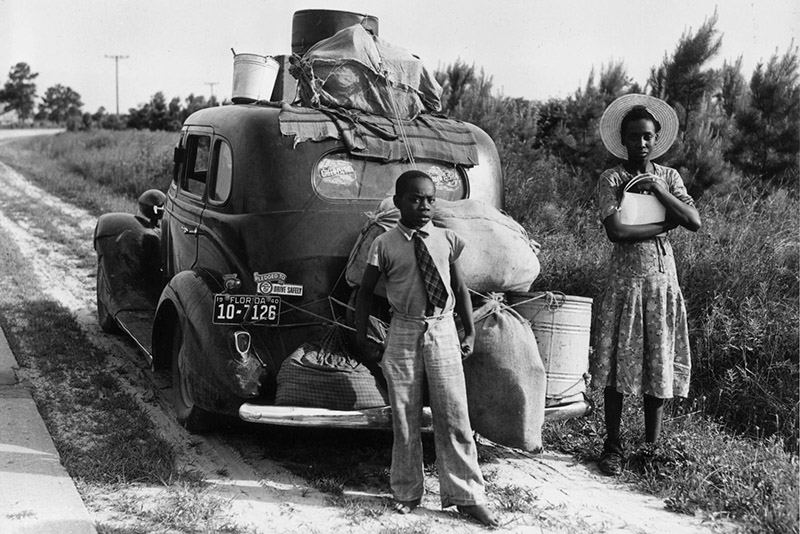
Legislators in more than 40 states have introduced bills to restrict voting rights, ranging from new ID requirements to restrictions on provisional and absentee ballots. If allowed to become law, African Americans, Latinos and other disenfranchised groups in those states could potentially lose their fundamental right to vote in our democracy.
It was against that backdrop that Stacey Close, associate vice provost and vice president of equity and diversity at Eastern Connecticut State University, gave a virtual presentation on “African Americans, The Great Migration and Transformation of North and South 1915-70” to the Weston, CT, Historical Society on Feb. 24.
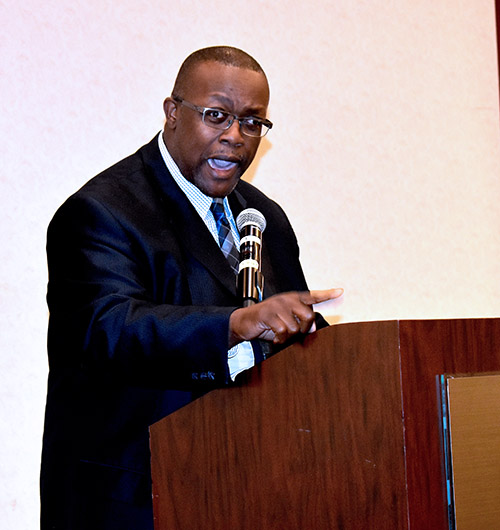
“‘The Great Migration’ was not just a happy, cheerful group of people who wanted to exercise their mobility in the United States,” said Close. “It was the movement between 1916 and 1970 of at least six million African Americans out of the South, headed North, Midwest and West, fleeing white supremacists, white mob violence and segregationists who denied them the right to vote.”
Close said the Ku Klux Klan, with the support of local law enforcement and white crowds, viciously tortured and lynched African American men and women in the South for daring to vote or help other African Americans register to vote.
“Africans and African Americans by the hundreds of thousands headed north, crossing rivers and streams, wading in knee-deep waters, boarding steamships and getting train tickets north, to escape brutal torture and lynching,” said Close.
Close said World War I caused the biggest flow of migrants to Connecticut. New England tobacco growers urgently needed a labor force when Polish, Lithuanian and Czech workers left Connecticut to return to Europe to fight. The growers turned to the National Urban League, which in turn, notified the presidents of historically Black colleges in the South. (In Florida, pickers received 12 cents for a bundle of tobacco; in Connecticut, they would be paid 33 cents a bundle.)
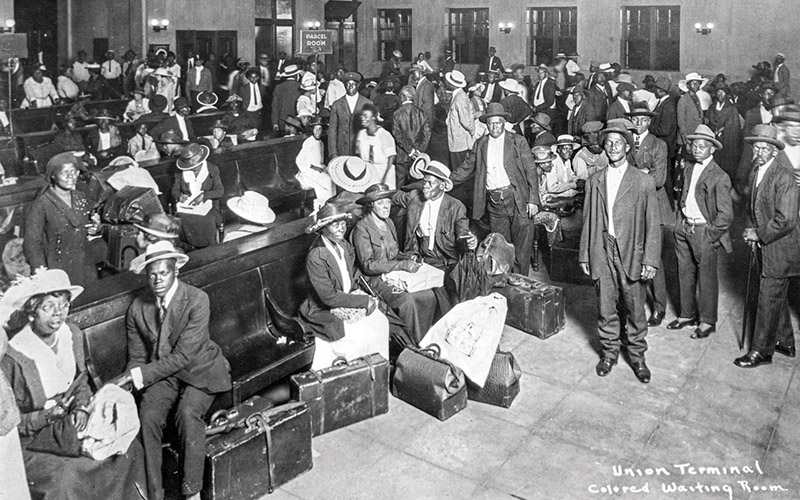
Soon a wave of college students from the South were in Connecticut, working the fields in Enfield and Manchester and making Connecticut their home. Workers included individuals who became prominent national figures, including Dr. Martin Luther King Jr., Hattie McDaniels, Mahalia Jackson, Thurgood Marshall and Arthur Ashe.
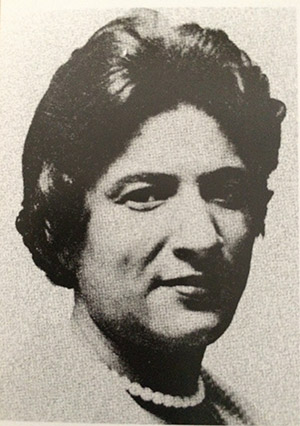
National leader Booker T. Washington also influenced the northward trek of migrants. He founded the National Negro Business League, which inspired Grant Williams to create the Connecticut Negro Business League, leading many migrants like Frank Chisholm of South Carolina to form businesses. Chisholm opened the first African American pharmacy in Connecticut in Old Saybrook. Close said many other migrants opened businesses in Hartford — bookstores, barbershops, insurance businesses, car repair shops, cafes, doctor offices, the New England Bulletin newspaper, an ambulance service, tenement houses and even the small Phyllis Wheatley Hotel in New London.
African Americans rose to prominence in education as well. George Crawford, a native of Alabama and graduate of Tuskegee Institute, graduated from Yale Law School in 1903, ran a private practice until the 1950s and later became corporate counsel for the City of New Haven.
African Americans often migrated north because of large extended family networks that already existed in Connecticut. Most migrants coming from Virginia settled in New Haven. Those from North Carolina came to in Waterbury and those from Georgia landed in Hartford. Black immigrants also migrated from Jamaica, Bahamas and the Virgin Islands and Puerto Rico. Legendary civil right attorney Constance Baker Motley from New Haven came from the island of Nevis.
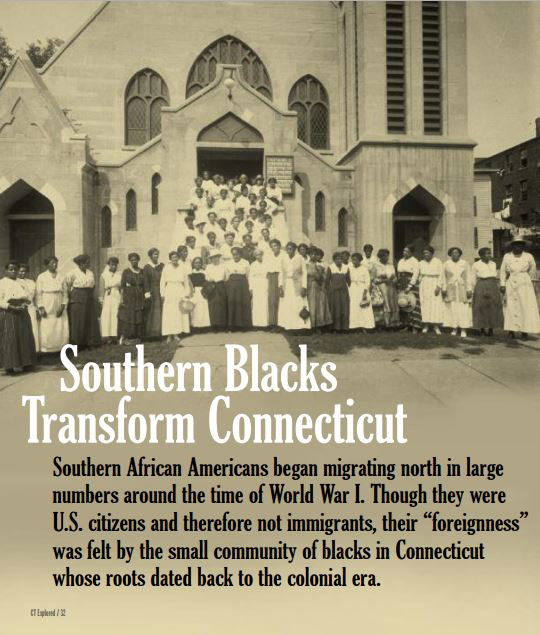 Close said as the Black immigrant population grew, African Americans learned that their race worked against them in the wider job market. Segregation, discrimination and racism forced them to live in crowded housing. They were restricted to seasonal work, gardening, housekeeping and other physically demanding jobs, while whites got jobs in law enforcement, apprenticeships and other higher-paying service jobs at companies like Pratt and Whitney, Royal Typewriter, Hartford Machine Screw and others.
Close said as the Black immigrant population grew, African Americans learned that their race worked against them in the wider job market. Segregation, discrimination and racism forced them to live in crowded housing. They were restricted to seasonal work, gardening, housekeeping and other physically demanding jobs, while whites got jobs in law enforcement, apprenticeships and other higher-paying service jobs at companies like Pratt and Whitney, Royal Typewriter, Hartford Machine Screw and others.
Close said that the African American presence was in New England even before the Great Migration began. African Americans such as Sojourner Truth and Maria Stewart acquired their freedom and purchased land; Truth lived in Enfield and Stewart lived in West Hartford. Henry and Lyzette Munroe House, African American farmers, built a beautiful home in Westport in 1806 on eight acres of land purchased in 1802.
Many migrants escaped the South through the Underground Railroad, a loosely-knit network of secret hiding places for runaway slaves to hide until they could reach their next stop as they headed north.
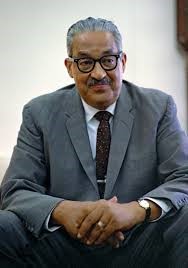
Close showed photographs of migrants settling in Connecticut, where they built the Francis Gillette House in Bloomfield, the Hart Porter House in Manchester, the Unitarian Meeting House in Brooklyn and the Joseph Rainey House, which, today, is part of the Connecticut Freedom trail. “The Rainey House is the home of a man who helped to established public education in the South. He had his life threatened for helping people vote, so he moved to Windsor. Rainey went on to become a member of the U.S. House of Representatives.”
The flow of African Americans north brought with it an increase in the membership of many African American churches in Connecticut, among them the Walters AME Zion and the Little Liberia Church in Bridgeport. In Hartford, Rev C.L. Fisher, pastor of Union Baptist Church on Main Street, publicly announced that his church planned to purchase property to “double the size” of the church to provide adequate space for the 190 southerners who had recently joined the church. In some cases, migrants helped to pay off church mortgages. Migrants also founded two other churches — Mt. Calvary Baptist and Mt. Olive in Hartford.
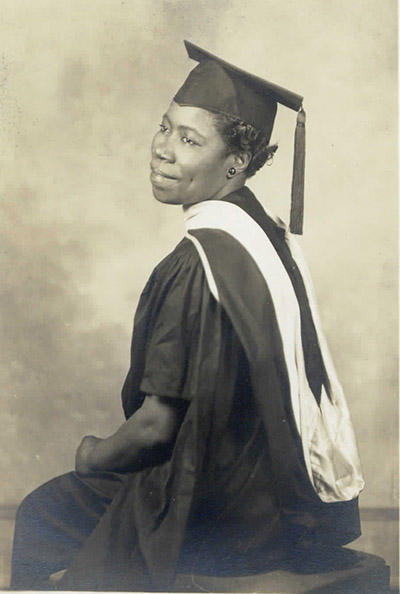
Close also cited the case of Rev. James Pennington, a runaway slave, blacksmith and mason from Maryland who was captured at the Pennsylvania border. “A fast-thinking man, Pennington used three words to free himself — ‘I have smallpox!,’” said Close. “Bounty hunters quickly let him go. He made his way to Hartford and became a voice of freedom for the Africans captured on board the Amistad. He helped to raise the money for the ship that took them back to Sierra Leone.”
In addition, migrants entered public education and the halls of academe. Felicia Terry, whose father was a migrant from Virginia, was a student at the Willimantic State Normal school. “She married a Mashantucket Pequot, and in 1908, became a second-grade teacher at Willimantic Normal School. She also taught school for a year in Brooklyn and wrote the history of the Town of Brooklyn,” said Close. Later, in 1948, the Willimantic State Teachers College hired Juliette (Phifer) Burstermann of North Carolina, who was the first African American college professor in New England.
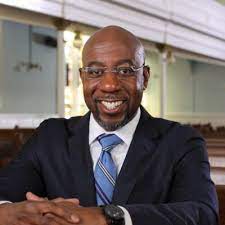
Close said many descendants of African Americans who migrated north are now returning to the South and were responsible for the recent election of African American mayors in North Carolina, Alabama and Mississippi. Of special note was the election on Jan. 5, 2021, of Raphael Warnock as U.S. senator from Georgia. Warnock is the first African American to represent Georgia in the Senate.
His election and the participation of record numbers of voters have now led to voter suppression efforts across the nation. In his maiden speech on the Senate floor, Warnock called the attempt to limit voting rights “Jim Crow in new clothes.”


